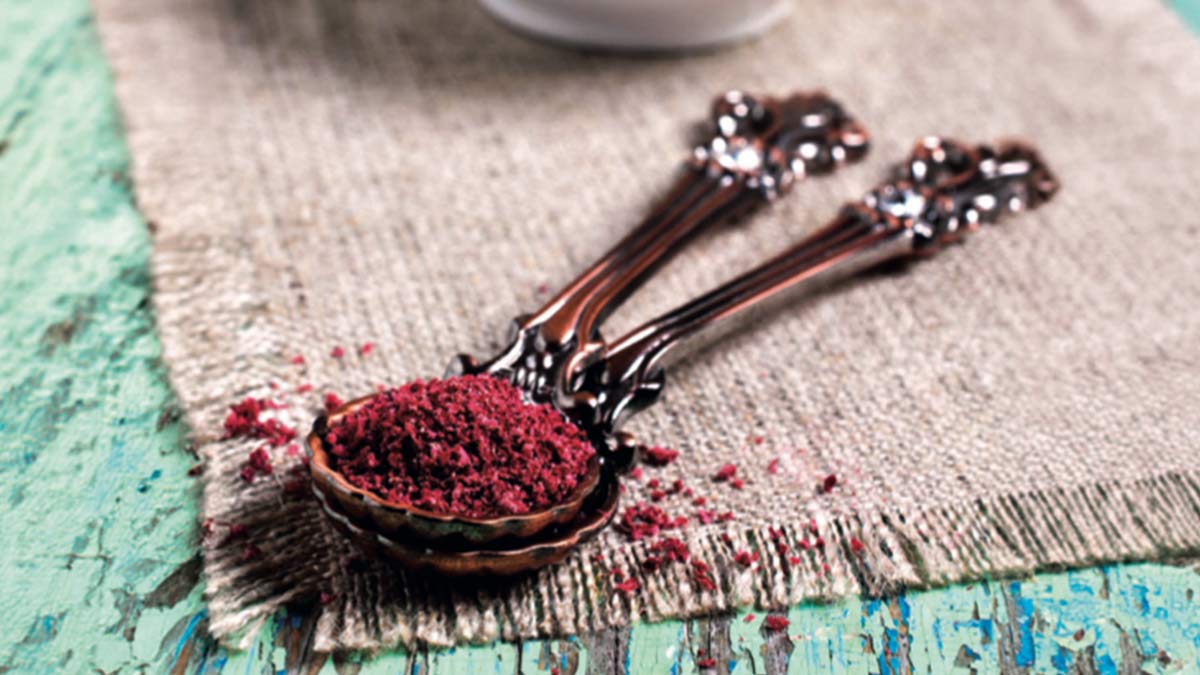Against the backdrop of a ‘blockbuster’ drug, Dr Des Corrigan wonders whether there is a place for natural remedies among the treatment options for metabolic syndrome
The controversy over the proper role of semaglutide in clinical practice seems to be intensifying, if a recent Saturday Opinion piece in The Irish Times is anything to go by. In it, a leading expert on obesity treatment was critical of an Irish Medical Council stand restricting use of a low-dose formulation (Ozempic) to diabetics only, and not to treat obesity, citing reduced availability and a lack of evidence of efficacy in obesity.
Whatever about the former, the latter point seems strange because at the time of the Medical Council diktat in 2022, the EMA formally approved the use of Semaglutide in the form of Wegovy as an adjunct to a reduced-calorie diet and increased physical exercise for weight management in obese or overweight adults and adolescents. Indeed, many clinicians see semaglutide as a game-changer in responding to the various health challenges presented by metabolic syndrome.
That syndrome involves at least three metabolic disease abnormalities, such as dyslipidaemia greater than 150mg/dl; HDL-cholesterol less than 40mg in men or 50mg in women; hypertension greater than 130/85mmHg; impaired fasting glucose greater than 110mg/dl; and a waist circumference greater than 102cm in men or 88 in women. Its prevalence has increased (because of dietary and lifestyle changes) to 20-to-25 per cent of the population, not only in the developed world, but also in developing countries. Deaths due to chronic heart disease linked to dyslipidaemia are estimated to climb to 24 million worldwide by 2030.
Because of cost and availability issues surrounding Semaglutide, it is likely that many in both the developed and developing worlds will be looking at herbal products as a possible alternative though more accessible treatments. I have written about some such herbs and spices a year or two ago, but felt it opportune to update that information for you.
I want to start with an herb of which you may not have heard, called Sumac. Though I had come across the name, I knew nothing about it until I was treated to a salmon fillet that had been covered with a Sumac paste before cooking, while on a visit to Sydney a few years ago. I have to say that it was the nicest salmon I have ever tasted because of the citrussy flavour from the Sumac and I can thoroughly recommend it to you if you want to try it for yourself.
So, I was pleasantly surprised when I came across a systematic review and meta-analysis of the effects of Sumac supplementation on lipid profile. The dried crimson-coloured fruits of Sumac from a species of Rhus are widely used as a spice in the Middle East and North Africa because of the tart lemony taste. If the name Rhus seems familiar to you, it is probably because poison ivy was originally known botanically as Rhus toxicodendron, but is now a separate species called Toxicodendron radicans.
The review appeared in Phytotherapy Research earlier this year and included seven RCTs involving 570 subjects. Sumac supplementation decreased total cholesterol, LDL-cholesterol and triglycerides and significantly increased HDL-cholesterol. Such increases were greater in studies lasting longer than 12 weeks.
Saffron, a spice about which I had written in 2022, was the subject of an updated systematic review and meta-analysis in the Journal of Ethnopharmacology a few months ago. Both saffron and its major constituent crocin were used in the treatment of type-2 diabetes. The review included 15 RCTs involving 600 patients and found that extracts decreased HbA1c, fasting blood glucose (FBG), creatinine and total cholesterol levels, as well as systolic blood pressure, but had no effect on diastolic BP, triglycerides or cholesterol fractions. Crocin also decreased HbA1c, FBG and systolic BP but creatinine levels increased. Powdered saffron decreased AST but not ALT levels, and BMI increased. Given that saffron is the world’s most expensive spice, it is hard to justify a major medicinal role for it, even if there are multitudinous products on the market already.
I am never certain as to whether I should refer to garlic as a herb or a spice, but like saffron, there are numerous products based on garlic available as food supplements. The EMA lists it as a traditional herbal medicinal product (THMP) used for the relief of symptoms of the common cold but more importantly, given the clinical data, as a THMP for use as an adjuvant for the prevention of atherosclerosis.
A systematic review and meta-analysis of studies of the effect of garlic extract on markers of lipid metabolism and inflammation in coronary artery disease (CAD) patients appeared in Phytotherapy Research in 2023. Both powdered garlic bulb and aged garlic extract were included in the RCTs reviewed. Aged garlic is prepared by soaking sliced raw garlic at room temperature for up to 20 months in aqueous ethanol (15-to-20 per cent).
Whereas the bulb contains the well-known smelly sulphur-containing allicin that has been shown to be antisclerotic, the aged extract’s main component is another equally pongy sulphur derivative S-allylcysteine with the ability to inhibit cholesterol synthesis.
The meta-analysis found statistically significant changes in HDL, LDL, Apolipoprotein-A, C-Reactive Protein (CRP), Interleukin-6 (IL-6), homocysteine and the Coronary Artery Calcium Score that gives a measure of the degree of calcification in coronary arteries. A more recent (2024) review in the Journal of Ethnopharmacology specifically looked at the effects of garlic on the components of metabolic syndrome. This systematic review and associated meta-analysis included 34 RCTs involving 2,471 participants and reported significant changes in waist circumference, total cholesterol, LDL- and HDL-lipoproteins, triglycerides, BP, Homeostatic Model Assessment for Insulin Resistance, CRP, TNF-? and IL-6. The authors concluded that garlic could decrease the risk factors associated with metabolic syndrome by lowering BP, glucose and lipid levels. They suggested that it could also reduce the inflammation that is a major concern in the progression of the syndrome.
The existence of a ‘blockbuster’ medication such as Semaglutide makes it difficult to see any major role for ‘natural’ alternatives if health systems evolve to allow the more widespread use of the former. However, if supply is restricted, then some will inevitably look for more accessible and less expensive therapies, especially in those developing countries faced with increased levels of obesity and a shrinking health budget.







